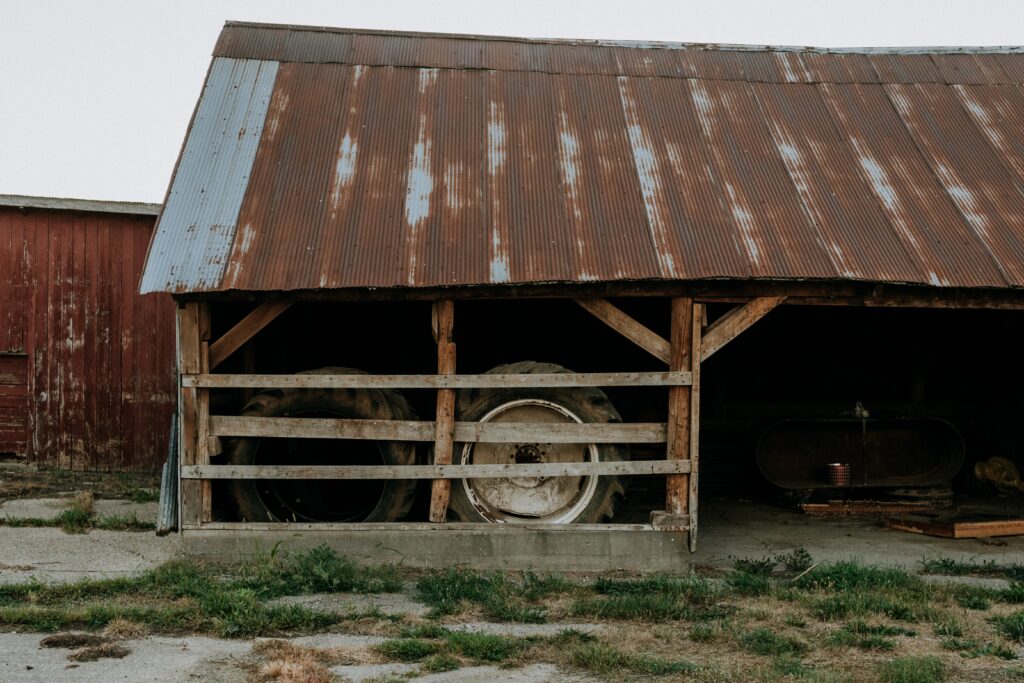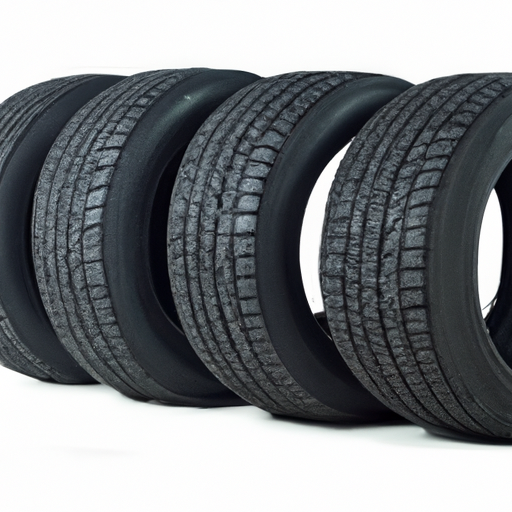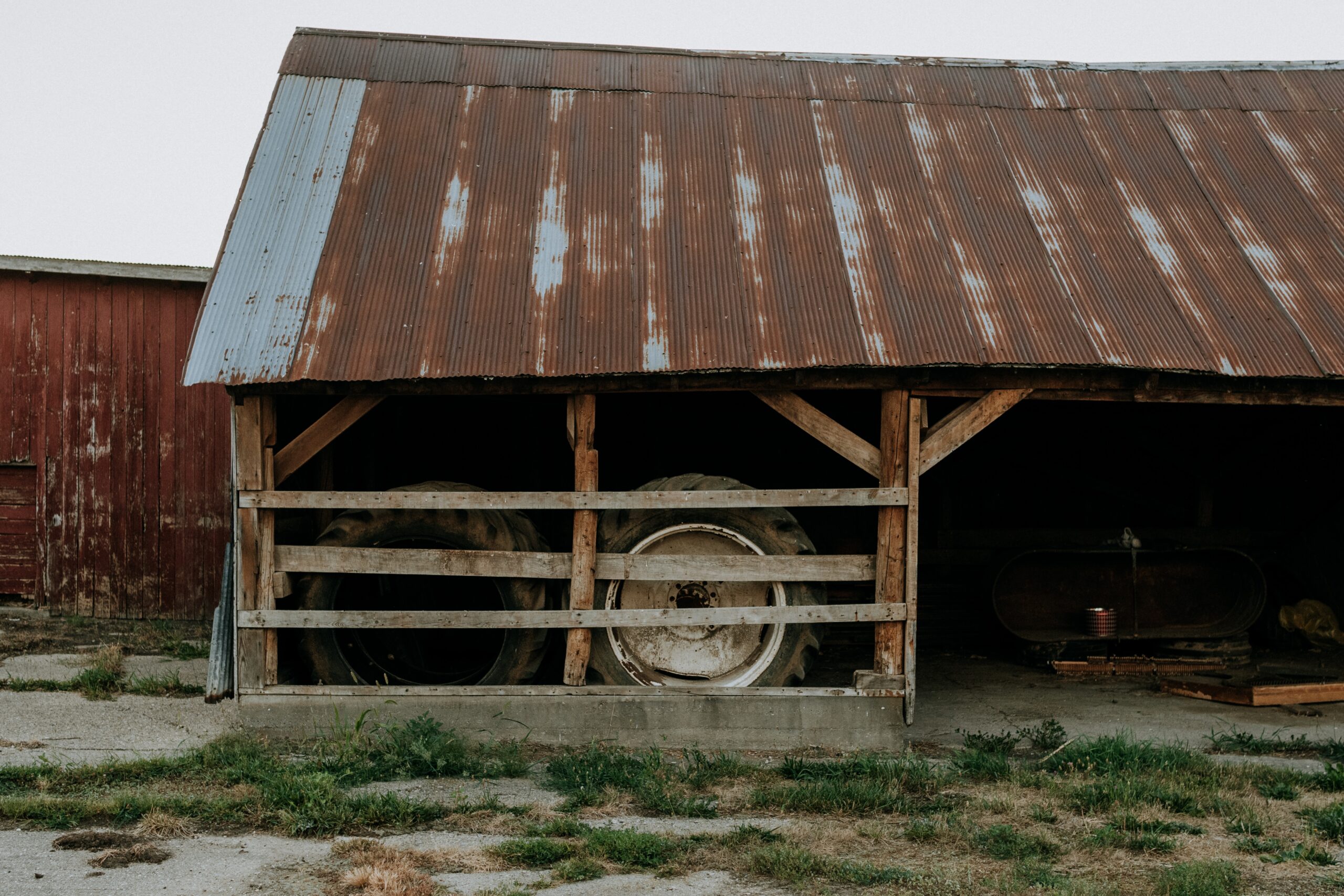When winter arrives and it’s time to swap out your summer tires for a more suitable set, the question of how to properly store those unused summer tires arises. It’s essential to ensure that your tires are stored correctly to maintain their performance and prolong their lifespan. In this article, we will explore the optimal storage method for summer tires during the winter season, providing you with the knowledge and tips you need to keep your tires in top condition until the warmer months return.
Choosing the Right Location
Indoor Storage
When it comes to storing your summer tires during winter, finding the right location is crucial. Indoor storage is often the best option as it provides protection against the elements. Consider using a spare room, a closet, or even a dedicated tire storage area in your home. Indoor storage not only shields your tires from extreme temperatures and sunlight but also keeps them in a clean and dry environment.
Garage or Shed
If indoor storage is not feasible, your garage or shed can be a suitable alternative. These spaces provide shelter from the elements and are convenient for accessing your tires when needed. However, keep in mind that garages and sheds can still experience temperature fluctuations, so be mindful of extreme heat or cold. Additionally, ensure that the area is clean and free from any potential hazards that may damage your tires.
Basement or Cellar
Another option for storing your summer tires is in the basement or cellar of your home. These areas tend to have more stable temperatures compared to other parts of the house. Basements are typically cooler in the summer and warmer in the winter, providing a favorable environment for tire storage. Just make sure the space is dry and well-ventilated to prevent moisture buildup.
Tire Rack or Storage Unit
For those with limited space or a larger tire collection, a tire rack or storage unit can be an excellent solution. A tire rack allows you to stack and store your tires vertically, maximizing space while keeping them off the ground. Storage units, on the other hand, provide a secure and controlled environment for your tires. Consider renting a climate-controlled storage unit to ensure optimal temperature and humidity conditions.
Preparing Tires for Storage
Clean the Tires
Before storing your summer tires, it is crucial to give them a thorough cleaning. Use a mild soap or tire cleaner and a brush to remove any dirt, debris, or brake dust that may have accumulated. Avoid using harsh chemicals or solvents, as they can damage the rubber. Once clean, allow the tires to dry completely before storage.
Inspect for Damage
While cleaning your tires, take the opportunity to inspect them for any signs of damage or wear. Look for cuts, cracks, bulges, or any irregularities that may compromise the tire’s integrity. If you notice any significant damage, it is advisable to replace the tire before storing it. Storing damaged tires can lead to further deterioration and potential safety issues down the line.
Remove Excess Air
Before storing your summer tires, it is essential to deflate them slightly to relieve excess air pressure. Overinflated tires can put undue stress on the sidewalls, leading to damage over time. Follow your vehicle manufacturer’s recommended PSI (pounds per square inch) and reduce the tire pressure accordingly. However, do not completely deflate the tires, as they still need some air to maintain their shape.
Consider Tire Bags or Wraps
To provide an extra layer of protection, consider using tire bags or wraps when storing your summer tires. These bags or wraps shield your tires from air and light exposure, preventing premature aging and discoloration. Additionally, they help to keep the tires clean and dust-free. Choose bags or wraps specifically designed for tire storage to ensure a proper fit and adequate protection.

Proper Tire Stacking
Stacking vs. Hanging
When it comes to storing your summer tires, you may have the option to either stack them or hang them. Stacking is the more common method and can be done horizontally or vertically. Horizontal stacking involves placing one tire on top of another, while vertical stacking utilizes a tire rack to stack the tires vertically. Hanging your tires, on the other hand, involves suspending them from hooks or racks. The method you choose will depend on the available space and personal preference.
Stacking Method
If you opt for the stacking method, it is crucial to stack your summer tires properly to avoid damaging them. Start by placing a clean and dry surface, such as a piece of plywood or a rubber mat, on the ground. This surface will help distribute the weight of the stacked tires and prevent them from sinking into the ground. Stack the tires on top of each other, ensuring that they are stable and do not wobble. Avoid stacking them too high to prevent toppling or placing excessive pressure on the bottom tires.
Hanging Method
If you choose to hang your summer tires, make sure you have a sturdy rack or hooks specifically designed for tire storage. Hanging the tires can help minimize the risk of flat spots and make efficient use of vertical space. Ensure that the hanging method you use does not put excessive pressure on specific areas of the tires. Consider using tire totes or covers when hanging the tires to protect them from dust and sunlight.
Temperature and Humidity Control
Avoid Extreme Temperatures
Extreme temperatures can have a detrimental effect on your summer tires. Both extreme heat and extreme cold can cause the rubber to deteriorate, reducing tire performance and lifespan. It is best to store your summer tires in an area with a stable and moderate temperature. Avoid storing them in locations prone to temperature fluctuations, such as unheated garages or outdoor sheds.
Maintain Optimal Humidity Levels
In addition to temperature control, maintaining proper humidity levels is essential for tire storage. High humidity can lead to moisture buildup, promoting mold or mildew growth on the tires. On the other hand, low humidity can cause the rubber to dry out and crack. Aim for humidity levels between 40% and 60% to ensure optimal tire storage conditions.
Consider Climate-Controlled Storage
If you live in an area with extreme temperatures or high humidity levels, consider investing in climate-controlled storage for your summer tires. A climate-controlled storage unit allows you to regulate both temperature and humidity, providing the ideal environment for tire preservation. While it may involve additional costs, it can significantly prolong the life of your tires and maintain their performance.

Tire Pressure Monitoring
Check Tire Pressure Regularly
Throughout the storage period, it is essential to monitor the tire pressure regularly. Tires naturally lose some air over time, and changes in temperature can further affect their pressure. Use a reliable tire gauge to check the pressure and ensure it remains within the recommended range. Refer to your vehicle manufacturer’s guidelines for the appropriate tire pressure for your summer tires.
Inflate as Needed
If you notice a decrease in tire pressure during storage, inflate the tires to the correct PSI. Avoid overinflating the tires, as it can lead to excessive stress on the sidewalls. Use an air compressor or visit a local gas station with an air pump to add air to the tires. Proper tire pressure maintenance ensures the tires retain their shape and are ready for use when the summer season arrives.
Protection against Sunlight
Avoid Direct Sunlight
Sunlight and UV rays can be detrimental to the rubber compounds in your summer tires. Prolonged exposure to sunlight can cause the rubber to deteriorate, leading to cracking and loss of elasticity. When storing your summer tires, choose a location away from direct sunlight, such as in a garage or a shaded area.
Use Tire Covers
To provide additional protection against sunlight, consider using tire covers when storing your summer tires. Tire covers shield the rubber from UV rays and help prevent premature aging. Look for covers specifically designed for tire storage, ensuring a snug fit and UV-resistant materials.
Consider UV-Resistant Storage
If you live in a particularly sunny area or have concerns about UV damage, consider investing in UV-resistant storage solutions. UV-resistant storage bins or cabinets can provide an extra layer of protection, not only shielding your tires from sunlight but also providing a secure and organized storage space.

Avoiding Flat Spots
Rotate Tires Periodically
To prevent flat spots from forming during storage, it is recommended to rotate the tires periodically. Flat spots occur when tires remain stationary in the same position for an extended period. By rotating the tires every few weeks, you distribute the weight and relieve the pressure on specific areas, reducing the risk of flat spots forming.
Use Tire Cushions or Stands
Using tire cushions or stands is another effective way to prevent flat spots. These accessories lift the tires off the ground, reducing the pressure on a single contact point. Tire cushions are typically made of memory foam or specialized materials designed to conform to the tire’s shape, providing even support to prevent flat spots.
Avoid Prolonged Storage
If possible, avoid storing your summer tires for an extended period. The longer tires remain immobile, the higher the risk of flat spots occurring. If you know you won’t be using your summer tires for an extended period, consider investing in winter tires and using them instead. This not only prolongs the life of your summer tires but also ensures optimum performance and safety during winter driving.
Keeping Tires Dry
Avoid Damp Areas
Moisture is one of the biggest threats to tire storage. Damp areas can promote the growth of mold, mildew, and other forms of moisture-related damage. When choosing a storage location, avoid areas prone to humidity, such as basements with poor ventilation or outdoor spaces exposed to rain or snow. Opt for dry and well-ventilated areas to safeguard your summer tires from moisture-related issues.
Use Moisture Absorbers
To further protect your summer tires from moisture, consider using moisture absorbers such as silica gel packets or desiccant bags. These absorbent materials help to reduce humidity levels in the storage area and prevent moisture buildup. Place a few packets or bags near your tires, ensuring they are not in direct contact to avoid any potential damage.
Consider Dehumidifiers
If you live in a particularly humid climate or notice persistent moisture issues in your storage area, investing in a dehumidifier can be beneficial. Dehumidifiers reduce humidity levels by removing excess moisture from the air, creating a drier and safer environment for your summer tires. Consider using a portable or wall-mounted dehumidifier, depending on the size and needs of your storage space.

Securing Tires from Damage
Protect from Heavy Objects
When storing your summer tires, ensure they are protected from heavy objects that may cause damage. Avoid stacking heavy items on top of the tires, as it can lead to deformation or punctures. Keep in mind that even a small dent or cut in the tire can compromise its performance and safety.
Ensure Proper Stacking
If you choose to stack your tires, make sure they are stacked properly and securely. Unstable or improperly stacked tires can topple and damage each other. When stacking, ensure the bottom tire is on a stable surface, and each tire is in contact with the one beneath it to prevent shifting or sliding.
Mindful Handling
When moving or handling your summer tires, it is essential to be mindful and avoid any rough treatment. Be cautious of sharp edges or objects that may come into contact with the tires and cause damage. When transporting the tires, use proper lifting techniques and avoid dragging them, as it can lead to abrasions or tears in the rubber.
Reinstallation and Maintenance
Inspect Tires Before Reinstalling
Before reinstalling your summer tires, give them a thorough inspection. Check for any signs of damage, cracks, or bulges that may have occurred during storage. If you notice significant damage, consider replacing the tire before reinstalling. It is also a good practice to perform a visual inspection of the tread pattern and ensure it is still in good condition.
Check Tread Wear
Inspecting the tread wear is essential to determine when your tires need replacement. If the tread depth is below the recommended minimum, it might be time to invest in a new set of summer tires. Uneven tread wear can indicate improper tire alignment or other issues that need attention. Regularly monitoring the tread wear allows you to maintain optimal tire performance and safety.
Consider Professional Tire Rotation
When reinstalling your summer tires, consider having them professionally rotated. Tire rotation involves swapping the tires’ positions to ensure even wear across all four tires. This process can help prolong the tire’s lifespan and improve overall performance. Consult with a tire professional for the appropriate rotation pattern and frequency based on your vehicle’s specifications.
By following these guidelines for storing your summer tires during winter, you can ensure their longevity and optimal performance. Remember to choose the right storage location, properly prepare the tires, stack or hang them correctly, control temperature and humidity levels, monitor tire pressure, protect against sunlight and flat spots, keep them dry, secure them from damage, and perform necessary maintenance before reinstalling. Taking these steps will help preserve your summer tires and make the transition to the next season a seamless and safe experience.


